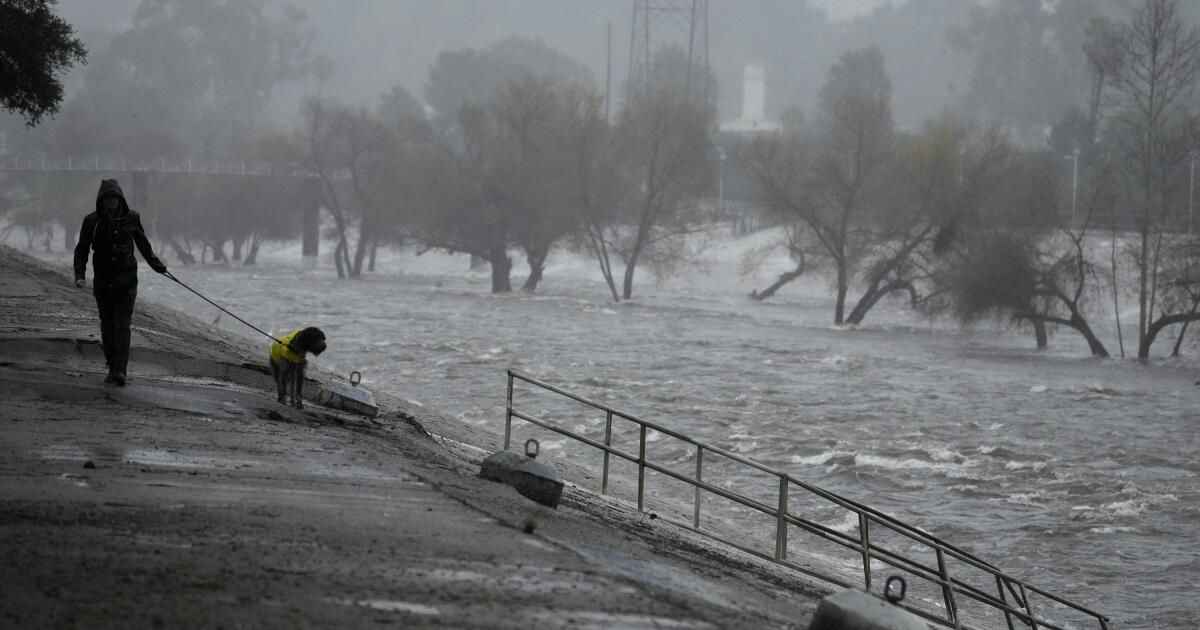To the editor: The answer to the question of whether the Los Angeles River can be our water solution is: “Yes, and…”
Distributed energy generation (in other words, rooftop solar) meant we didn't have to build more expensive fossil fuel-powered power plants. Whether a household installs a solar energy system doesn't make a difference, but the campaign to install solar energy on as many rooftops as possible does.
Ever since William Mulholland said, “There it is, take it,” when the first Los Angeles Aqueduct opened in 1913, the government has been enamored of expensive engineering projects as answers to water supply problems. Policies aimed at reducing water use have led to the proliferation of waterproof plastic grass and homeowners paving their entire yards. Both increase runoff and the urban heat island effect.
Distributed recharge through trenches and tube wells can help fill our aquifers one property at a time, helping overburdened storm drains and reducing local street flooding. Such an effort would create community engagement around sustainable water management and perhaps even save a lot of money.
Douglas Hileman, Glen Valley
..
To the editor: Not mentioned as potential stormwater recapture areas are the larger flood control basins behind many of our large flood control dams, including the Hansen Dam in Lake View Terrace, the Sepulveda Dam in Van Nuys, and the San Gabriel in the Angeles National Forest. .
Some debris may need to be removed, but the ground is there.
Growing up in the San Fernando Valley, I remember when Hansen Dam had a year-round lake. During the summer there was a beach on Osborne Street in the north valley. All that water could only have come from rain during the winter.
Cary Adams, North Hollywood
..
To the editor: Last week’s “atmospheric river” allowed me to put my environmental studies major to work by explaining El Niño weather patterns. Global warming played a role in the storm and fossil fuel companies have played a huge role in creating global warming.
We should also consider the role of trees as nature's vacuum cleaners. Newly planted trees won't absorb rain if another freak storm hits, but climate-smart forestry can help mitigate climate change.
As Congress turns its attention to the Farm Bill, it should consider the health of forests and other related issues. The $20 billion allocated for healthy forests should remain in the Farm Bill to help create a healthier environment, and in Los Angeles, a safer one, too.
Sara Eyassu, Los Angeles












